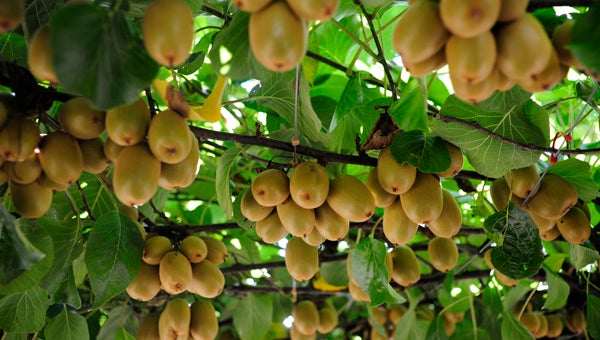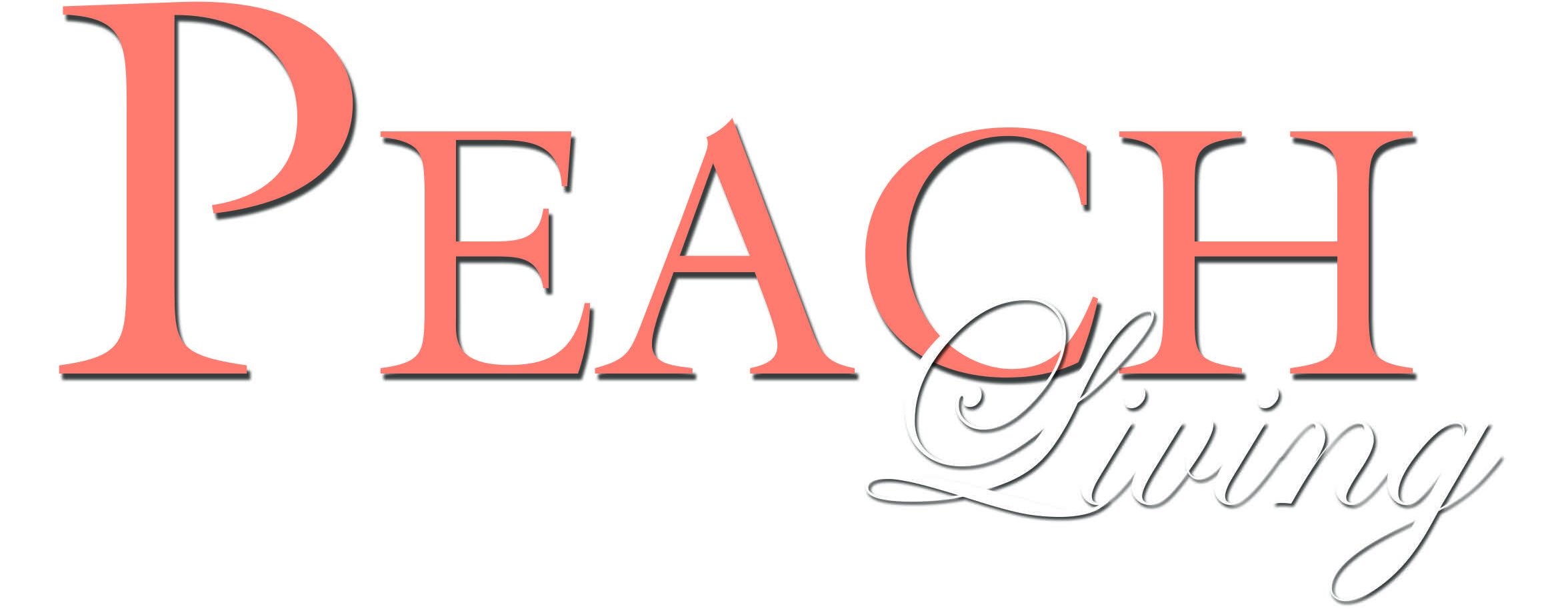
By Emily Beckett
As summer fades into fall, foods like corn and squash might be in higher demand as people prepare for seasonal get-togethers and the Thanksgiving and Christmas holidays.
In Chilton County, the peaches that debuted in May or June before the Peach Festival make their exit, and different types of produce covet more attention at farmers’ markets.
But local growers know fall doesn’t signify a harvesting hiatus for all fruits.
Kiwifruit is an example of a fruit that normally reaches ripeness in mid-fall each year.
Chilton Research and Extension Center Superintendent Jim Pitts has worked with kiwifruit for decades and has learned how to successfully grow different varieties of the fruit.
Ripe kiwifruit consists of sweet, green-colored flesh with black seeds surrounding its cream-colored core and a fuzzy brown skin comprising its exterior.
Kiwifruit originated in China and was introduced to New Zealand in the early 1900s.
The fruit was initially known as Chinese gooseberry but was later renamed kiwi by New Zealanders after their national bird.
Kiwi started gaining traction as a new crop in the southeastern United States in the 1980s.
Pitts cited Auburn University as one of the universities in the U.S. that also started growing kiwifruit.
In the mid-1980s, Pitts said he and other growers in Chilton County took on the not-so-simple task of growing kiwifruit.
Pitts said he has heard people say it takes about 20 years—a generation—for people to get accustomed to a new crop.
“It took it awhile for it to catch on,” Pitts said of kiwifruit. “It’s a big investment to grow kiwifruit. Kiwis require almost as many hours or more than peaches. It takes a world of labor to grow them.”
Pitts said it costs about $15,000–$20,000 an acre to establish a kiwi vineyard.
CREC has about 3/4 of an acre of kiwifruit.
Kiwifruit prefers warm climates with temperatures in the lower 90s and high amounts of humidity.
“They like a humid type of climate,” Pitts said. “They don’t like it hot and dry. They like our climate.”
Kiwifruit is a dioecious plant, which means it has its male and female reproductive organs in separate individuals.
“One plant has the female flower and one plant has the male flower,” Pitts said. “The two plants need to be in sync. The male and female plants have to be in bloom at the same time.”
Pitts said although both bumblebees and honeybees can pollinate kiwifruit plants, honeybees aren’t as interested in pollinating them because the plants lack nectar.
“That’s our biggest problem—getting good pollination on these female plants,” Pitts said.
Another setback in growing kiwifruit is a virus known as PSA, but Pitts said the virus has not been found in the U.S. It has been detected in major kiwifruit production areas outside of the U.S., including New Zealand, Italy and Chile.
Pitts said kiwifruit is grown on trellises. Two types of trellises are a T-bar trellis and a pergola trellis.
The T-bar trellis, as its name indicates, is a T shape, while a pergola trellis is an archway consisting of a framework covered with trained climbing or trailing plants.
Gold and green types of kiwifruit are grown in Chilton County.
Gold kiwifruit harvests from late August to mid-September, and green harvests from the end of October to early November.
Pitts said one difference between the gold fruit and green fruit is the gold tend to be sweeter than the green after being picked.
Varieties grown at CREC include Golden Sunshine, Golden Dragon and a New Zealand variety.
Pitts said his Golden Dragon kiwis this year were “frozen out” March 27 and could not be saved.
“On March 27, we had a freeze, and our Golden Dragon was in bloom,” Pitts said. “Golden Sunshine and Golden Dragons are the ones we’ve been pushing.”
Pitts said a small variety known as hardy kiwi (Actinidia arguta) is fuzz-less and doesn’t have pollination difficulties other varieties have.
Pitts said kiwifruit attracts few pests and has been dubbed a “super fruit” as it boasts numerous health benefits.
While it is rich in Vitamin C, folate, potassium, fiber and Vitamin E, kiwifruit is low in calories.
Kiwifruit is also a significant source of antioxidants.
Because of its high Vitamin C content, kiwifruit can help neutralize the chemicals that damage cells and ultimately lead to inflammation and cancer. As such, high consumption of the vitamin C-rich kiwifruit can reduce one’s risk of death from cancer, stroke and heart disease.
“Our people seem to enjoy them,” Pitts said of the fruit.
Kiwifruit is available at the Chilton Research and Extension Center, pending a successful growing season.
For more information about kiwifruit in Chilton County, call (205) 646-3610.
